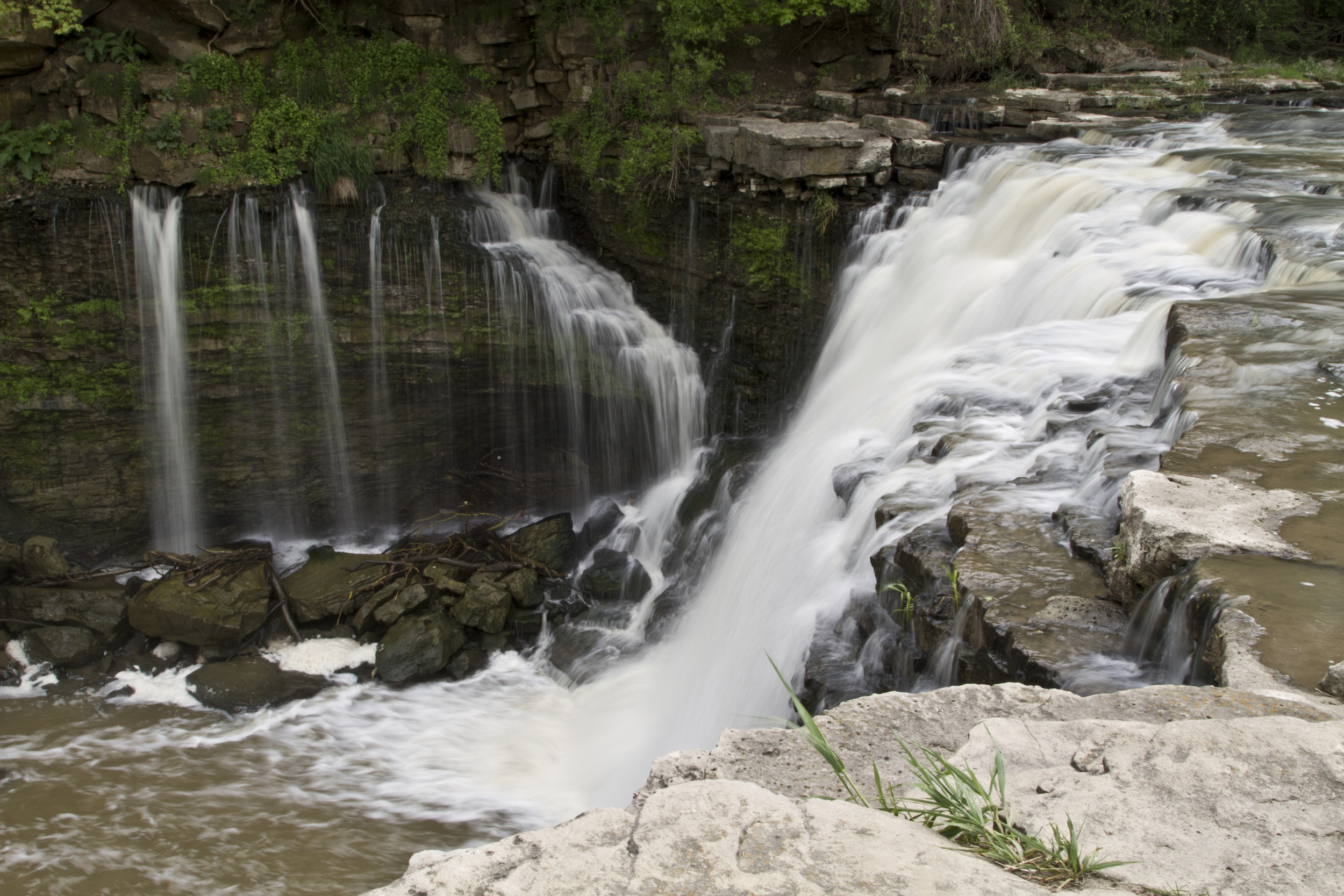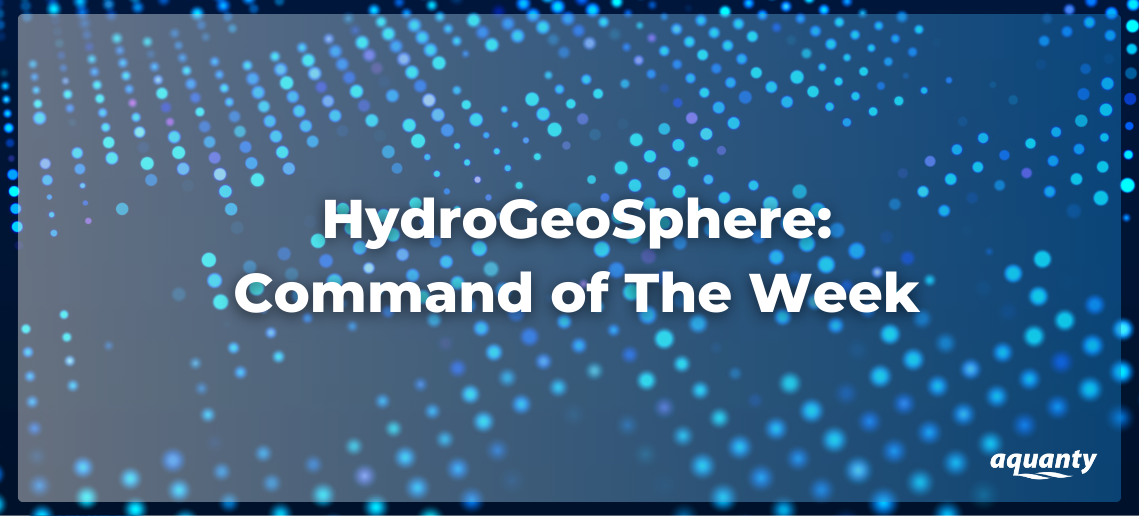

HGS RESEARCH HIGHLIGHT – Integrated modelling to assess climate change impacts on groundwater and surface water in the Great Lakes Basin using diverse climate forcing
HydroGeoSphere is an excellent tool for evaluating climate change impacts to integrated hydrologic systems, since HGS can be effectively coupled with climate forecasting simulators like the Weather Research and Forecasting (WRF) model, the Community Climate System Model (CCSM) and the Canadian Regional Climate Model (CRCM). HydroGeoSphere accounts for water dynamics in the atmosphere, ground surface and subsurface in a seamless manner and thus is the best modeling tool for evaluating the impact and risk associated with climate change on water resources.

Nodal flux reduction by pressure head boundary condition modifier
This post describes how to use the flux nodal boundary condition modifier: nodal flux reduction by pressure head. This modifier is used when the flux rate is set higher than the available water, which can cause numerical instability and model crashes.

Zero Order Source with Partitioning
This post introduces the new zero-order source with partitioning command, added to HGS in revision 2291 (August 2021 update). This command enables more realistic modeling of gaseous species production in the unsaturated zone (USZ), considering the partitioning between the aqueous and gas phases based on solubility and water saturation.
